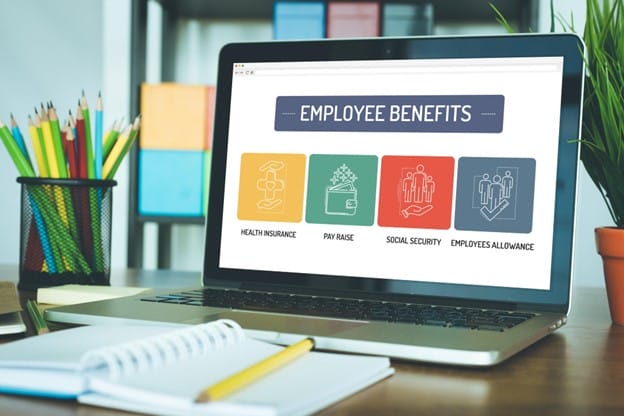Captive insurance has emerged as a powerful risk management tool for businesses, offering greater control and potential cost savings. However, before diving into the world of captives, it’s essential to conduct a thorough feasibility study. In this guide, we’ll explore what captive insurance feasibility studies entail and why they are crucial for making informed decisions about implementing a captive insurance program.
Understanding Captive Insurance
Before delving into feasibility studies, let’s briefly recap what captive insurance is. A captive insurance company is an insurance company established by a business to underwrite and manage its own risks. It provides an alternative to traditional commercial insurance by allowing businesses to retain their own risk and potentially benefit from financial advantages, tailored coverage, and enhanced risk management strategies.
Defining Captive Insurance Feasibility Studies
A feasibility study is a comprehensive assessment that evaluates the viability and potential benefits of establishing a captive insurance program. It involves a detailed analysis of a company’s risks, financials, operational readiness, and legal considerations. The study aims to determine whether a captive insurance solution aligns with the company’s goals, provides a favorable return on investment, and addresses the unique risk profile of the organization.
Key Components of a Feasibility Study
A successful captive insurance feasibility study comprises several essential components. These typically include:
- Risk Assessment: Identify and analyze the risks faced by the organization. This involves assessing current insurance coverage, claims history, and potential areas of risk exposure.
- Financial Analysis: Evaluate the financial impact of establishing a captive. Consider factors such as projected premiums, expected claims, capital requirements, tax implications, and potential cost savings.
- Operational Readiness: Assess the organization’s ability to manage a captive, including the necessary infrastructure, staffing, and expertise required for successful implementation and ongoing operation.
- Legal and Regulatory Considerations: Examine the legal and regulatory landscape pertaining to captive insurance in the relevant jurisdictions. Ensure compliance with licensing, reporting, and governance requirements.
- Strategic Alignment: Evaluate how a captive insurance program aligns with the company’s overall risk management strategy, long-term goals, and appetite for risk.
Engaging Expertise
Conducting a comprehensive feasibility study requires specialized knowledge and expertise. Engaging the services of experienced captive insurance consultants can greatly enhance the quality and accuracy of the study. These professionals can provide insights, guidance, and industry-specific knowledge to ensure a robust analysis and help make well-informed decisions.
The Benefits of Feasibility Studies
Captive insurance feasibility studies offer numerous benefits, including:
- Risk Identification and Mitigation: By conducting a thorough assessment, companies gain a comprehensive understanding of their risks and can develop tailored risk mitigation strategies.
- Cost Analysis and Savings: Feasibility studies provide insights into potential cost savings through the establishment of a captive insurance program. This includes the examination of premiums, claims experience, and potential tax consequences.
- Informed Decision-Making: Armed with the findings of a feasibility study, organizations can make educated decisions regarding the implementation of a captive insurance program, ensuring alignment with their goals and risk management objectives.
Conclusion
Captive insurance feasibility studies play a vital role in the successful implementation of a captive insurance program. By evaluating risks, conducting financial analyses, assessing operational readiness, and understanding legal and regulatory considerations, companies can make informed decisions that maximize the benefits of captive insurance. Engaging experienced consultants further enhances the quality of the study. With the insights gained from a feasibility study, businesses can confidently embark on the journey towards establishing a captive insurance program and harnessing the advantages of a robust and customized insurance program.




